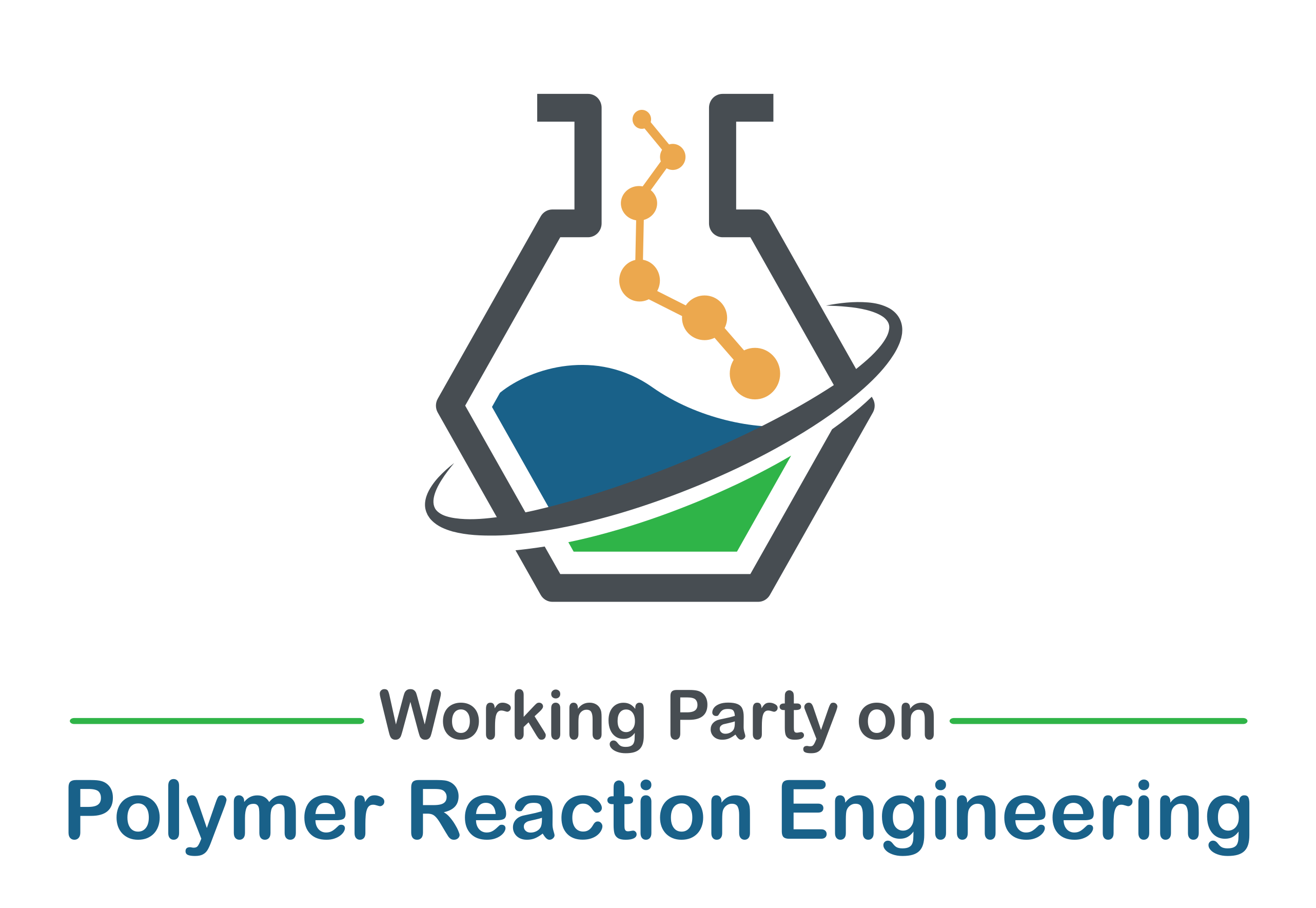High-Pressure Polymerisation
Homo-, co-, and ter-polymers of ethene can be produced via continuous high-pressure polymerization at pressures up to 3000 bar. Polymer properties like molecular mass distribution, melting behavior or chemical composition are analyzed and kinetic parameters can be determined. During experiments, the reaction conditions like pressure, temperature or conversion can be varied. There is the possibility to use different initiators and chain transfer agents. Besides using comonomers which are commonly used in industry, also new comonomers with functional groups or from renewable feedstocks are investigated and introduced to the high-pressure processes.
Solution Polymerization
In addition to the existing high-pressure equipment, the solution polymerization mini-plant provides access to HDPE and LLDPE by catalytic polymerization. Ethene is polymerized alone or in the presence of one or two a-olefins in solvent in a stirred tank autoclave. Possible reaction conditions can be selected in a range up to 300 °C and 200 bar. During the experiment both the composition in the reactor and the residence time can be varied independently. Molecular weights can be adjusted by adding a chain regulator.
From a scientific point of view, the continuous solvent polymerization plant offers many possibilities. Within one experiment different reaction parameters can be investigated. Reaction parameters are a core element of polymer reaction technology.
The most important parameters in this context are:
- catalyst performance
- kinetic parameters
- rate constants
- activation energies
- catalyst lifetime
- co-polymerization parameters
The flexibility of the plant allows the investigation of different catalysts with regard to their activity, polymerization properties and the product obtained with high reproducibility. The investigation of the kinetic parameters helps to better understand the polymerization process. The resulting polymer samples can have different structures. HDPE of different predefined lengths can be used as linear standards for analytical methods. Co-polymers could have different architectural properties. This can be used to study the influence of the polymer structure on mechanical and rheological properties in isolation. An LLDPE with different branching density at the same molecular weight can be used to study the influence of the co-monomer content. By changing the co-monomer at the same molecular weight and branching density the influence of the side chain length can be investigated. The mini-plant thus opens up the possibility for the targeted investigation of polymer properties as a function of the reaction process.




